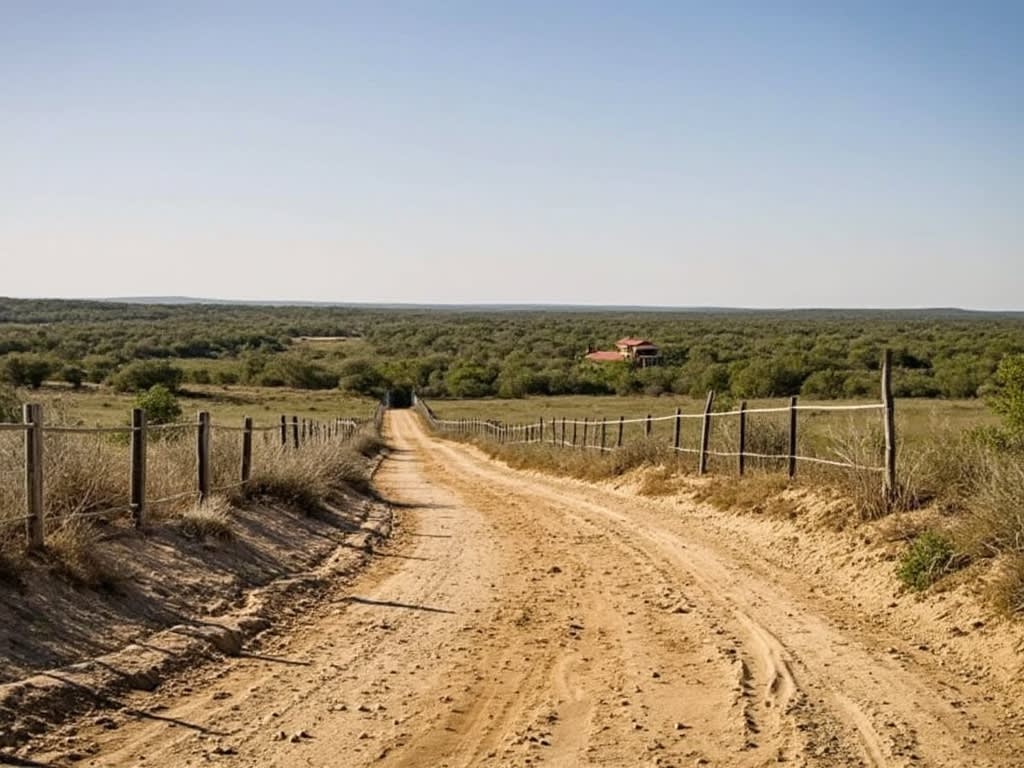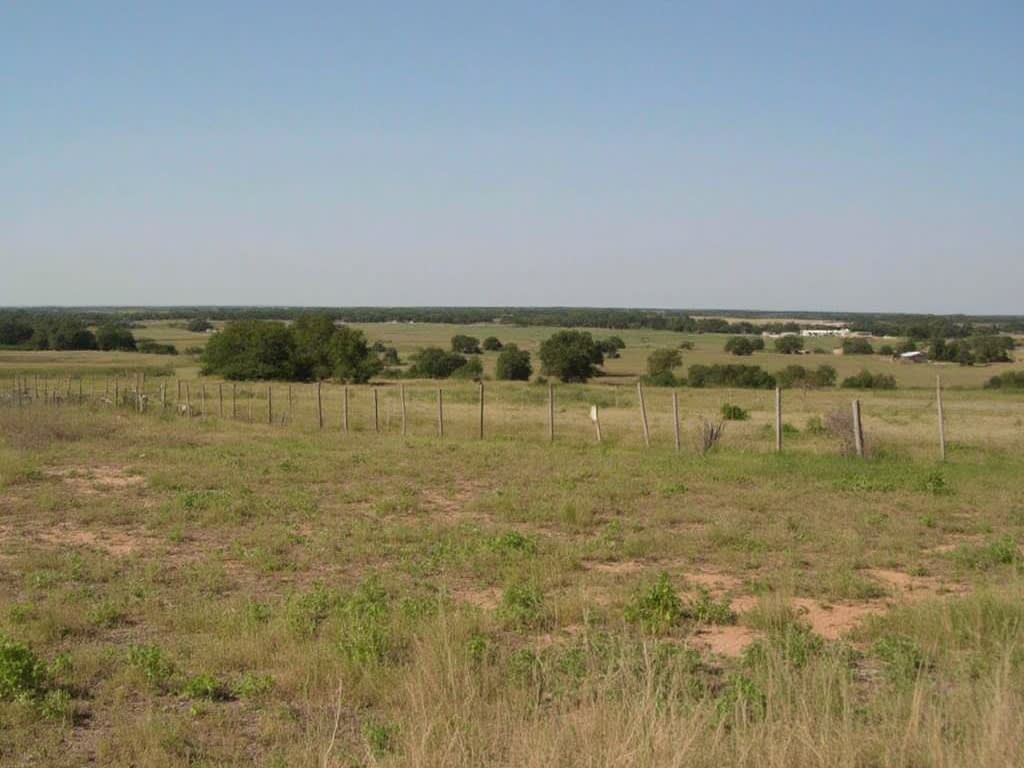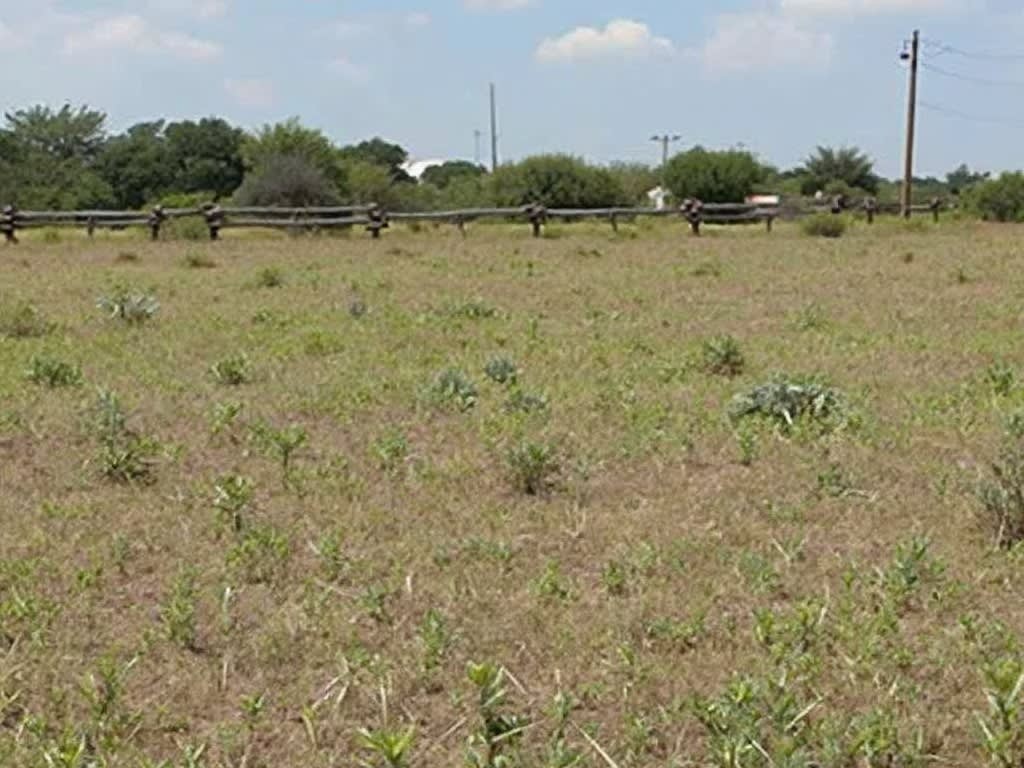Blanco’s development patterns center on key growth areas along Highway 281 and FM 165, featuring 291 acres of agricultural land and 300 acres ready for new construction. The city’s Blanco land development and Unified Development Code (UDC) sets clear rules for property development inside city boundaries and surrounding jurisdiction, maintaining steady growth while keeping the rural feel that makes the area special.
Key Takeaways:
- Development projects must follow zoning district rules covering lot sizes, building placement, and utility connections
- Dividing land requires approval from Blanco County Commissioners’ Court, with lots needing at least 60 feet of width
- Growth zones focus on locations with existing utilities to keep costs down
- Older buildings that don’t meet current codes must be maintained properly, though special permits can provide exceptions
- Properties beyond city limits have fewer restrictions but should anticipate potential future regulations
Understanding Blanco’s Real Estate Development Landscape
Current Land Distribution
Blanco’s land composition shapes its development potential, with specific zones allocated for different purposes. The city maintains 291 acres of agricultural land, preserving its rural character while supporting local farming operations. An additional 300 acres remain vacant, offering prime development opportunities. The commercial and retail sector occupies 144 acres, supporting local business growth.
Strategic Growth Areas
Strategic development focuses on key transportation corridors, particularly along Highway 281 and FM 165. These areas feature improved infrastructure access, making them attractive for commercial ventures. Vacant parcels near existing utility connections present cost-effective development options.
Here are the primary factors influencing development potential:
- Proximity to established utilities and infrastructure
- Connection to major transportation routes
- Current zoning designation and permitted uses
- Available water and wastewater capacity
- Distance from existing commercial centers
The land use plan prioritizes controlled growth while maintaining Blanco’s character. I’ve noticed that properties with direct highway access command premium prices, especially those zoned for commercial use. For landowners considering selling, parcels adjacent to existing developments often receive faster approval for zoning changes.

Essential Zoning and Development Requirements
Understanding UDC Regulations
The Unified Development Code (UDC) sets clear standards for property development inside Blanco’s city limits and extraterritorial jurisdiction (ETJ). Based on Texas Local Government Code Chapters 211 and 212, these regulations direct everything from basic lot design to comprehensive site development plans. I’ve found that knowing these requirements upfront can speed up the land sale process significantly.
Current Development Standards
Development standards in Blanco focus on several key areas that impact land sales:
- Lot dimensions and setback requirements must align with specific zoning district guidelines
- Infrastructure connections need proper planning for water, sewer, and utilities
- Road access and driveway placement should meet city specifications
- Drainage and environmental protection measures must be incorporated
- Site development plans require approval before construction starts
Manufactured homes present a unique situation in Blanco’s current market. While they’re unregulated at present, I expect new rules to emerge soon. This potential for change makes it crucial to discuss future use plans with potential buyers. The city’s planning department can provide the most current information on pending regulations that might affect property development.

Property Division and Platting Rules
Subdivision Guidelines
Land division in Blanco County follows strict regulations, even for properties outside city boundaries. The county maintains specific standards for lot sizes and configurations. Each new lot must have a minimum width of 60 feet to ensure proper spacing and access.
Plat Submission Process
Before splitting your property, you’ll need approval from the Blanco County Commissioners’ Court. I recommend preparing these essential elements for your plat submission:
- Detailed mapping of existing and planned water well locations
- Clear marking of current or proposed septic system placements
- Documentation of all sanitary control easements
- Professional survey measurements showing lot dimensions
- Access road specifications and right-of-way details
The Commissioners’ Court reviews these submissions carefully to protect public health and ensure proper infrastructure planning. Their approval process helps maintain consistent development standards across the county while safeguarding water resources and sanitation requirements.
During the review, they’ll verify that your plans meet all width requirements and include necessary utility considerations. I suggest working with a local surveyor who understands these specific county requirements – they’ll help ensure your submission addresses all necessary elements for approval.
Remember to factor in additional time for potential revision requests from the court. Typically, complete and accurate submissions move through the process more smoothly than rushed or partial applications.

Land Use Planning and Growth Management
Development Areas and Infrastructure Access
Blanco’s growth management strategy focuses on specific development zones where infrastructure already exists. I prioritize areas with water, electricity, and road access to minimize expansion costs. Current property owners benefit from this targeted approach through maintained property values and reduced strain on city resources.
Strategic Growth Planning
The city’s development strategy balances new construction with agricultural preservation. Here are the key factors that shape land development decisions:
- Distance to existing utility connections
- Road network accessibility
- Impact on neighboring agricultural operations
- Environmental considerations for watershed protection
- Available emergency services coverage
Smart planning creates a buffer between farming operations and residential areas, protecting both property types. Agricultural landowners can maintain their operations while new developments progress in suitable locations. This balanced approach helps preserve Blanco’s rural character while supporting measured growth.
I emphasize working with property owners to identify the best use of their land based on these established criteria. Landowners who understand these factors can better position their property for sale or development. Property values often increase when land aligns with the city’s infrastructure plans and growth patterns.

Permits, Compliance, and Enforcement Guidelines
Essential Permits and Licenses
Selling land in Blanco requires specific permits based on your property’s current state and intended use. According to Blanco’s Unified Development Code Chapter 8, you’ll need construction permits for any new structures, while demolition permits apply to removing existing buildings. Building permits cover remodeling projects that modify structural elements or change the property’s footprint.
Compliance and Variance Options
Non-compliant structures must meet strict maintenance standards to avoid penalties. Here are the key requirements for maintaining non-conforming buildings:
- Regular structural integrity inspections
- Updates to meet current safety codes
- Documentation of existing use rights
- Maintenance of original building footprint
If your property doesn’t align with current zoning rules, I can help you explore variance options. Modifications are possible through:
- Minor variances for setback adjustments
- Special use permits for unique property features
- Conditional use authorizations
- Grandfathered status applications
The city enforces these regulations through regular inspections and complaint investigations. Violations can lead to fines, mandatory corrections, or legal action. I recommend addressing any compliance issues before listing your property to streamline the sales process and maximize value.
Future Development Considerations
Growth Management Opportunities
Land outside Blanco’s city limits offers unique development freedom since properties don’t need annexation for construction projects. The absence of strict zoning lets owners maximize their property’s potential while maintaining rural character. I’ve seen parcels near infrastructure command higher prices, particularly those close to water and electrical lines.
Upcoming Regulatory Changes
As Blanco grows, new zoning rules might affect property development. Current allowances for manufactured homes and agricultural structures could shift. Here’s what sellers should consider about their land’s development potential:
- Distance to existing utility connections
- Road access and frontage quality
- Soil quality for septic system installation
- Natural features that could limit building sites
- Current agricultural exemption status
These factors directly influence a property’s market value and appeal to different buyer types. I recommend documenting existing structures and use rights before listing, as these could be grandfathered under future regulations. When preparing to sell land, gathering all necessary documents early in the process will help avoid delays with potential buyers.

